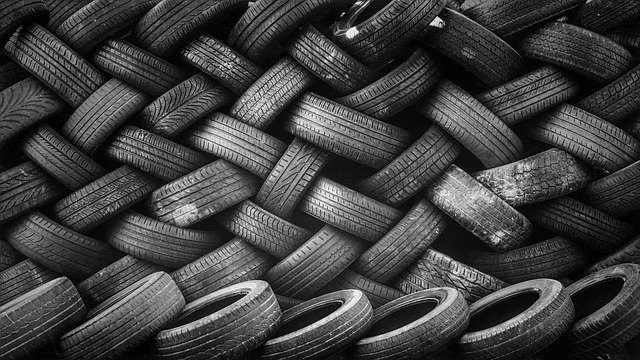Waste management and the circular economy

As more and more waste ends up in landfill every day, it becomes increasingly important for us to do our part to reduce the negative environmental and economic impact that this might cause in the future. Working towards a circular economy is one way that we can reduce these effects. It involved minimising the depletion of natural resources and maximising its value in the long run.
What is the circular economy?
Generally, waste management follows a linear economy framework in tandem with the well-known waste hierarchy, which outlines the most preferable to least preferable actions to follow throughout waste management processes. Using the waste hierarchy, the order of importance for managing waste before it ends up in landfill is as follows: avoid, reduce, reuse, recycle, recover, treat, and lastly, dispose of the waste. This series of actions aligns with the concept of the linear economy. The linear economy simply outlines the process in which materials are extracted, products are made, and are then discarded once used. This framework sees a product with little to no value at the end of its use or supposed life cycle.
The circular economy, however, focusses on moving away from this linear framework. The circular economy looks to optimise each aspect of the resource extraction, product manufacturing, product use and disposal process, so that there is a reduction of excess waste at every step. It primarily emphasises the idea that once a resource is extracted, it’s able to remain in its most productive use for as long as possible before it is discarded. Within the circular economy framework, products that might have held no value using a linear framework, are reintroduced back into a productive supply chain. Ultimately, the goal of this is to optimise resources such that we minimise our dependency on depleting natural resources, which is done by prolonging the life cycles of already existing products and resources.
Implementing the circular economy
The easiest way to manage waste is to create less waste in the first place. While one aspect of this is for individuals to make less purchases overall, it is also important in every step of a product’s manufacturing process. Businesses and governments can adhere to this by designing systems and products that prioritise waste reduction and increase the long-term value of their products.
Improving recycling processes and the quality of recycled goods is the next step. This involves increasing the yield from recycled products by reducing contamination in recyclable materials and implementing more sustainable resource recovery processes.
For recycled products to hold value, individuals, businesses and governments must build up a market for products that are result of post-consumption resource recovery. While businesses hold the role of making and distributing these recycled products, individuals must also choose these over products that involve the unsustainable use of resources, to optimise and implement the circular economy.
The life cycle of materials should be well managed so that there are less products being disposed of where they can still hold value. This will ultimately better the environment, economy, and community health. It involves the safe management of hazardous wastes, and responsible disposal of waste products that cannot be brought back into the supply chain.
To find out more about how Solo Resource Recovery promotes the circular economy through our services, or to receive our safe, sustainable and effective waste management solutions, contact us at 1300 46 76 56.
Related Posts

Published: October 1, 2024
Is Your Waste Management Performance Up to Scratch? Discover the Solo Difference
Read more
Published: August 15, 2024
Solo Invests in the Future: Company Expands Fleet with Hydrogen Vehicles
Read more
Published: December 15, 2023